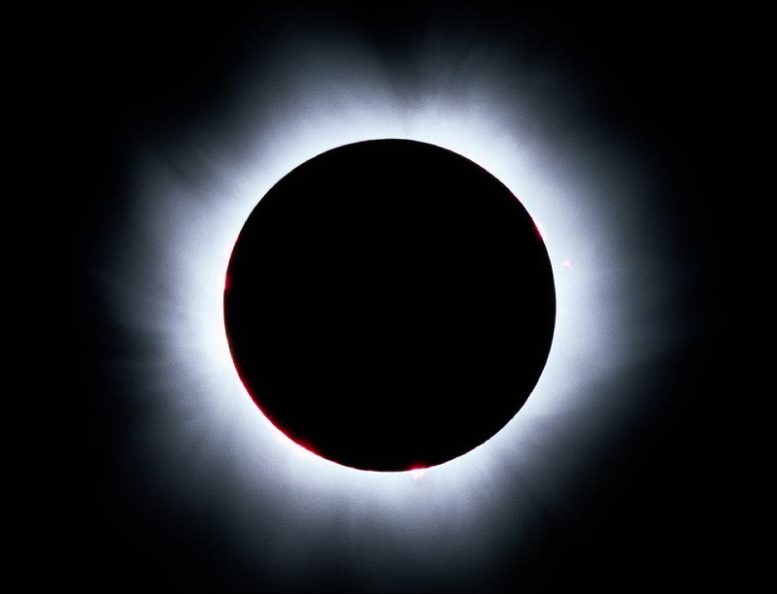

A case for resonant scattering in the quiet solar corona in extreme-ultraviolet lines with high oscillator strengths. Can an unobserved concentration of magnetic flux above the poles of the Sun resolve the open flux problem?. The effect of solar wind expansion and nonequilibrium ionization on the broadening of coronal emission lines. On the magnetic correspondence between the photosphere and the heliosphere. Masson, S., McCauley, P., Golub, L., Reeves, K. The effect of proton temperature anisotropy on the solar minimum corona and wind. Predicting the COSIE-C signal from the outer corona up to 3 solar radii. Contextual predictions for the Parker Solar Probe. The highly structured outer solar corona. Highly structured slow solar wind emerging from an equatorial coronal hole. Probing the energetic particle environment near the Sun. Alfvénic velocity spikes and rotational flows in the near-Sun solar wind. Near-Sun observations of an F-corona decrease and K-corona fine structure. The properties of the solar corona and its connection to the solar wind. These new data uniquely demonstrate how extreme ultraviolet observations of the middle corona provide strong new constraints on models seeking to unify the corona and heliosphere.
The sun corona full#
This study reveals the full kinematic profile of the initiation of several coronal mass ejections, filling a crucial observational gap that has hindered understanding of the origins of solar eruptions.

These data emphasize that low-coronal phenomena can be strongly influenced by inflows from above, not only by photospheric motion, a factor largely overlooked in current models of coronal evolution. Our observations highlight that solar wind structures in the heliosphere originate from complex dynamics manifesting in the middle corona that do not occur at lower heights. Our analysis shows that the dominant emission mechanism here is resonant scattering rather than collisional excitation, consistent with recent model predictions. New observations from the Solar Ultraviolet Imager of a Geostationary Operational Environmental Satellite in August and September 2018 provide the first comprehensive look at this region’s characteristics and long-term evolution in extreme ultraviolet. Nonetheless, it remains poorly understood due to the difficulty of observing this faint region (1.5–3 R ☉). The ‘middle corona’ is a critical transition between the highly disparate physical regimes of the lower and outer solar coronae.


 0 kommentar(er)
0 kommentar(er)
